The borough of Okehampton was incorporated by Royal Charter in 1623, and from 1640 Okehampton returned two members to parliament. The most notable amongst these is William Pitt the Elder who was Prime Minister of Great Britain from 1766 to 1768. With the passing of the 1832 Reform Act, Okehampton was disenfranchised, losing both its seats as it was deemed to be a 'rotten borough' having declined in size and importance since 1640. Many such boroughs were controlled by patronage or bribery: Pitt the Elder himself said "[Borough representation is] the rotten part of the constitution." Before the 1832 Act there was no complete electoral register, and boroughs typically had few eligible voters. After the electoral reform the franchise in boroughs was widened to include all owners and occupiers whose property was worth at least £10 annually. The effect of the Act in Devon was a reduction in the number of MPs by 4 to 22, the removal of those in the rotten boroughs being offset by the addition of two seats in the newly created borough of Devonport.
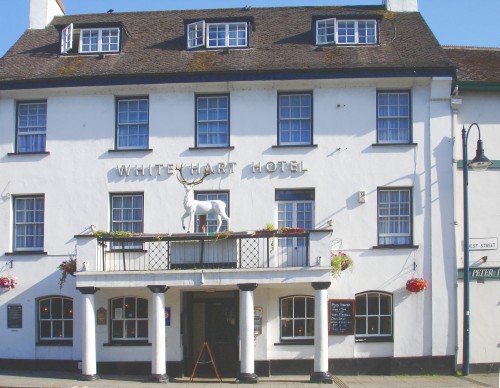
The White Hart Hotel, dating back to the 16th Century, occupies a prominent position where Fore Street joins West Street, and the balcony was the place from which it is said that MPs used to address the citizenry. It was converted to a Wetherspoons in 2016.
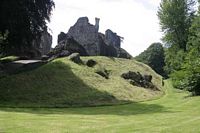
In about 1070 a stately motte-and-bailey castle was built at the side of the West Okement river about a mile south-west of the town by Baldwin de Brioniis whom William the Conquerer had created Earl of Devon; it was extended, restored, and beautified by subsequent barons including Richard de Redvers, believed to be the 4th Earl of Devon who died in 1193, and successive generations of Courtenays.
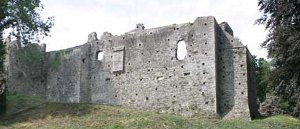
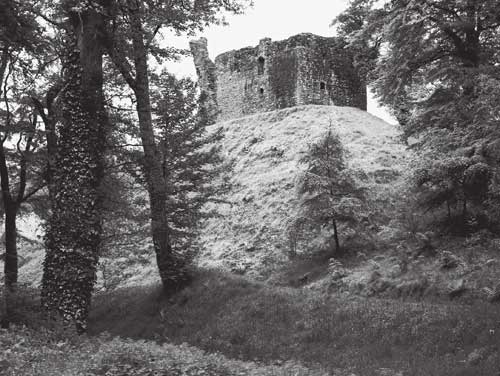
In the last years of its heyday, the castle was used as a base for hunting expeditions in the surrounding parkland. This is well described in 'Okehampton Castle, Devon', ©English Heritage:
It served as the seat of the great baronial power till its forfeiture in the time of Henry VIII in 1539, when the then incumbent Henry Courtenay, Marquis of Exeter was executed for treason. There was much residual mistrust at the time between the Yorkists and the Tudors, ultimate victors of the War of the Roses, and according to Tudor Place:
Most of the castle was then dismantled and it was never again inhabited. Here is an evocative portrait of the ruins by John Marius Wilson, Imperial Gazetteer of England and Wales (1870-72), reproduced from Vision of Britain:
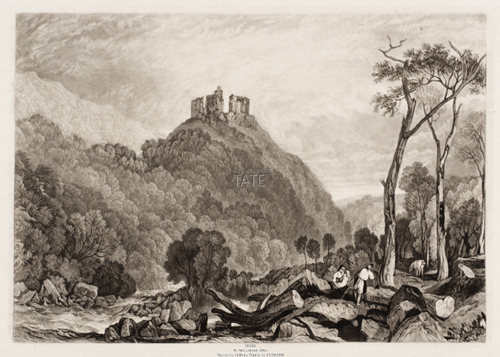
The historical image shown is of "Okehampton Castle, on the River Okement" engraved by Charles Turner in 1825 after JMW Turner's famous watercolour painted a year earlier. Charles was a close friend of JMW Turner, many of whose paintings he engraved with great technical skill and artistry. The ruined castle's haunting presence is used as a backdrop to the contemporary scene showing the wood-cutters at work.
Another famous painting of the castle is that by Richard Wilson (1714-1782). His 'View of Okehampton Castle' was painted after a visit to the town in 1771. It now hangs in Birmingham Art Gallery.